River at Risk
Searching for Solutions on the Declining Colorado River
The Colorado River is the primary water source for 40 million people in the largest cities and agricultural lands in the American Southwest. Stretching from Colorado’s Rocky Mountains to Mexico’s Gulf of California, the river system is now threatened by two decades of drought and overuse. In this five-part series, VOA looks at how cities, farmers, tribes, and other communities along the Colorado are adapting to a hotter, drier future with less water.
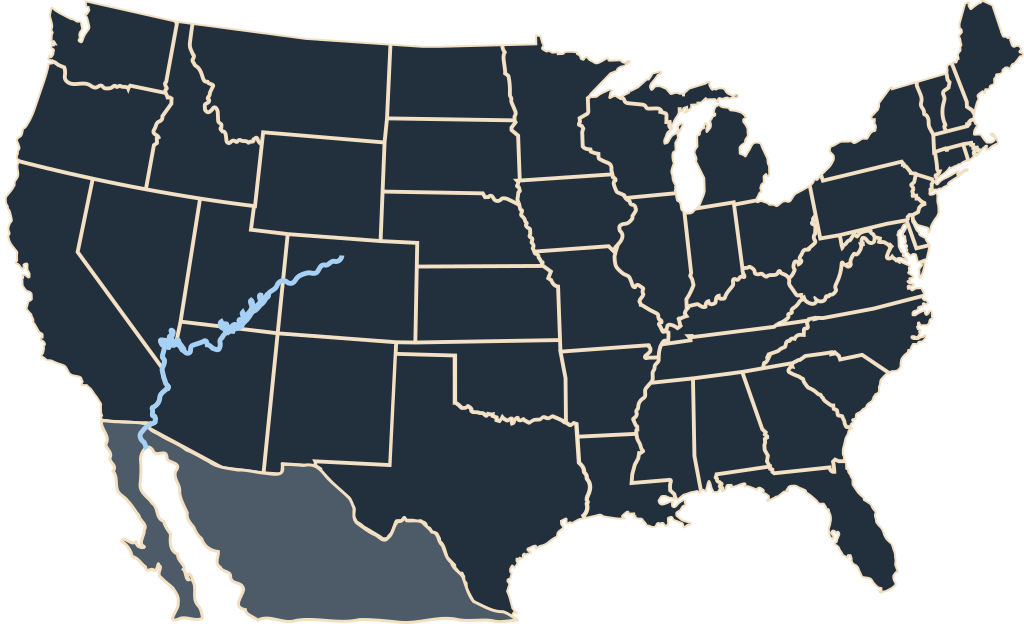
Episode One:
Dropping Near "Deadpool"
Seven U.S. states in the Colorado River basin are making substantial cuts to water use following 23 years of drought and over-use that threatened a "dead pool" behind Hoover Dam, the point at which water would be too low to pass through to millions of people downriver who depend on it.
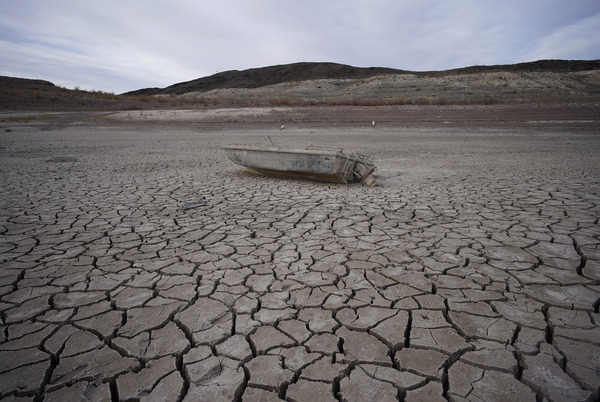 The white ring shows where water levels once reached in the reservoir behind Hoover Dam prior to 22 years of drought. Photo credit: VOA News/Matt Dibble
The white ring shows where water levels once reached in the reservoir behind Hoover Dam prior to 22 years of drought. Photo credit: VOA News/Matt Dibble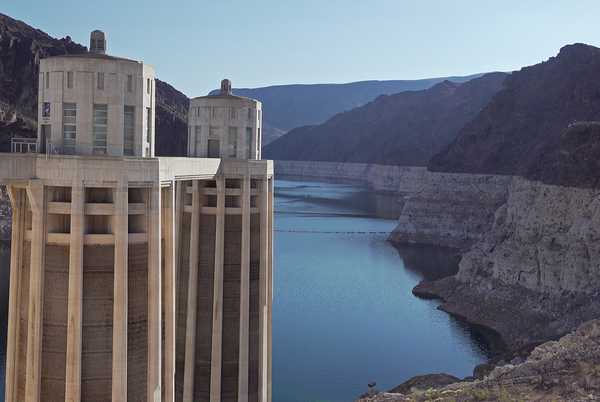 Seven state governors and other members of the commission who signed the Colorado Compact in 1922, creating the framework for Colorado River allocation followed over the next century. Courtesy: Colorado State University Library
Seven state governors and other members of the commission who signed the Colorado Compact in 1922, creating the framework for Colorado River allocation followed over the next century. Courtesy: Colorado State University Library
Colorado River

Episode Two:
Water Cops and Microbes
Los Angeles, Phoenix, San Diego and nearly every other city in the American Southwest depend on the dwindling Colorado River. One desert city has become an unlikely model for water conservation: Las Vegas. Over the past two decades, Las Vegas – which hosts over 35 million visitors per year and continues to grow – has kept its annual water use at around the same, relatively low, level by recycling wastewater and regulating use.
 Water waste investigator Jhony Ceron documents a faulty sprinkler at a home in Las Vegas. Photo credit: VOA News/Matt Dibble
Water waste investigator Jhony Ceron documents a faulty sprinkler at a home in Las Vegas. Photo credit: VOA News/Matt Dibble Daniel Fischer, Deputy General Manager of the Clark County Water Reclamation District, tours a wastewater treatment facility that recycles water back into Lake Mead. Photo credit: VOA News/Matt Dibble
Daniel Fischer, Deputy General Manager of the Clark County Water Reclamation District, tours a wastewater treatment facility that recycles water back into Lake Mead. Photo credit: VOA News/Matt Dibble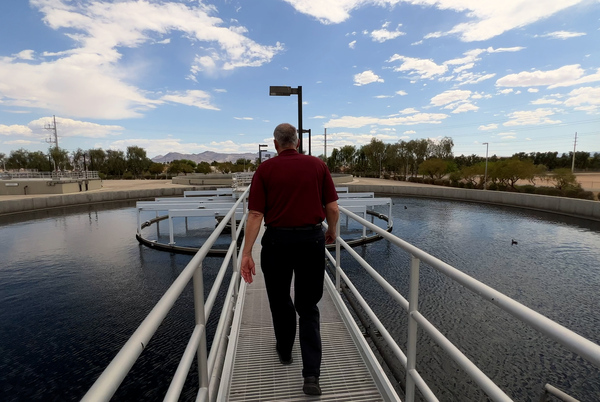
Las Vegas
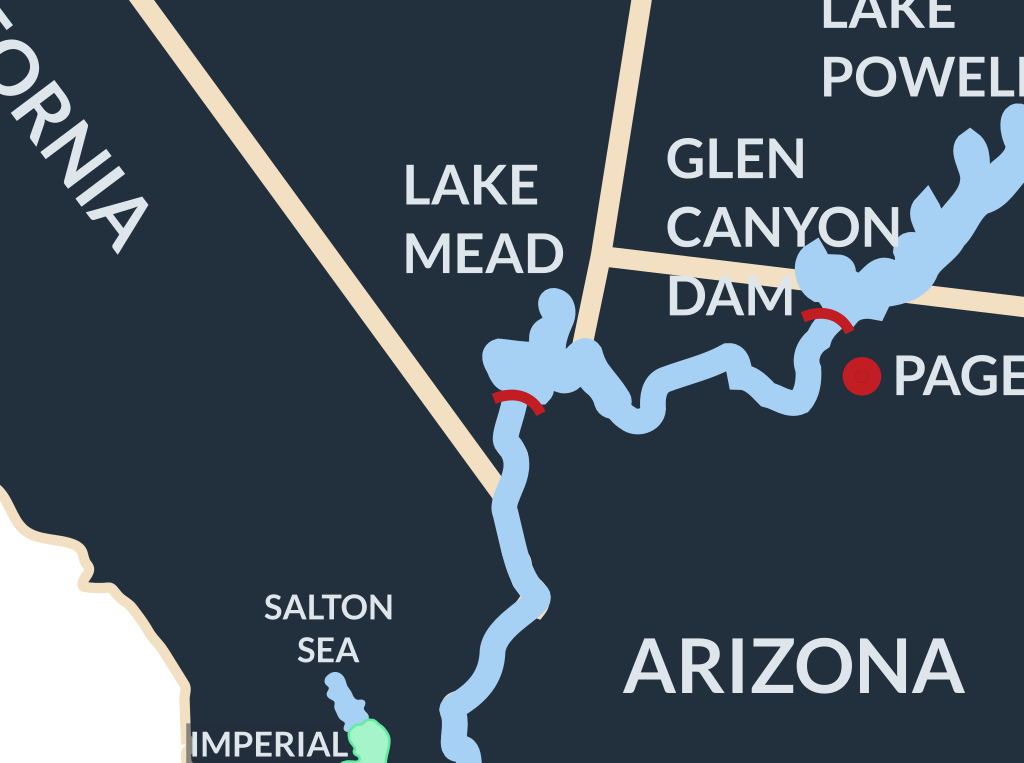
Episode Three:
Food Engine in the Desert
One desert valley in California uses more Colorado River water than the states of Arizona and Nevada combined. U.S. consumers depend on the Imperial Valley for a large percent of their winter vegetables and other crops. New water cuts are looming, and one crop has become a target for controversy.
 Fourth generation Imperial Valley farmer Stephen Hawk shows irrigated fields. Photo credit: VOA News/Matt Dibble
Fourth generation Imperial Valley farmer Stephen Hawk shows irrigated fields. Photo credit: VOA News/Matt Dibble Stacks of alfalfa grown in the Imperial Valley. Alfalfa and other forage crops use the majority of water allocated to the valley. Photo credit: VOA News/Matt Dibble
Stacks of alfalfa grown in the Imperial Valley. Alfalfa and other forage crops use the majority of water allocated to the valley. Photo credit: VOA News/Matt Dibble
Imperial Valley
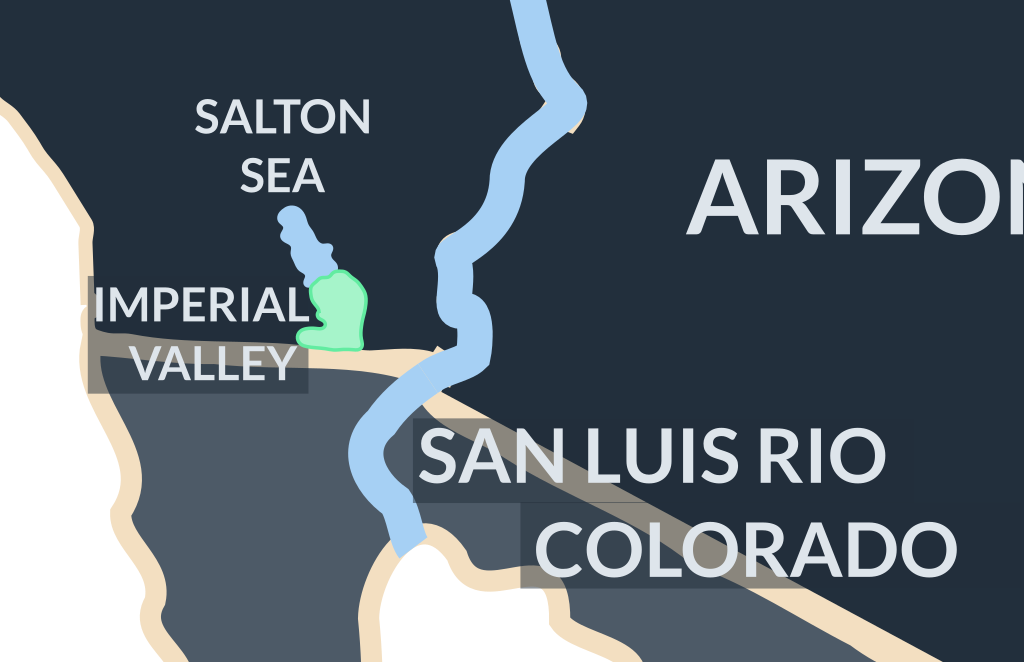
Episode Four:
First In Line, But Still Waiting
Thirty Native American tribes along the Colorado River were excluded from the century-old agreement that allocates its water. The Navajo Nation and eleven other tribes are still fighting legal battles to access their share of the water.
 Lucille Daniel pours water at her home in the Navajo Nation near Gap, Arizona, 2020. One-third of homes on the reservation lack running water. Photo credit: AP
Lucille Daniel pours water at her home in the Navajo Nation near Gap, Arizona, 2020. One-third of homes on the reservation lack running water. Photo credit: AP Members of the Gila River Indian Community, the U.S. Department of the Interior, and others at the signing of an agreement to leave the tribes share of Colorado River water in Lake Mead in return for infrastructure funding. 2023. Photo credit: U.S. Department of the Interior
Members of the Gila River Indian Community, the U.S. Department of the Interior, and others at the signing of an agreement to leave the tribes share of Colorado River water in Lake Mead in return for infrastructure funding. 2023. Photo credit: U.S. Department of the Interior
Page, Arizona
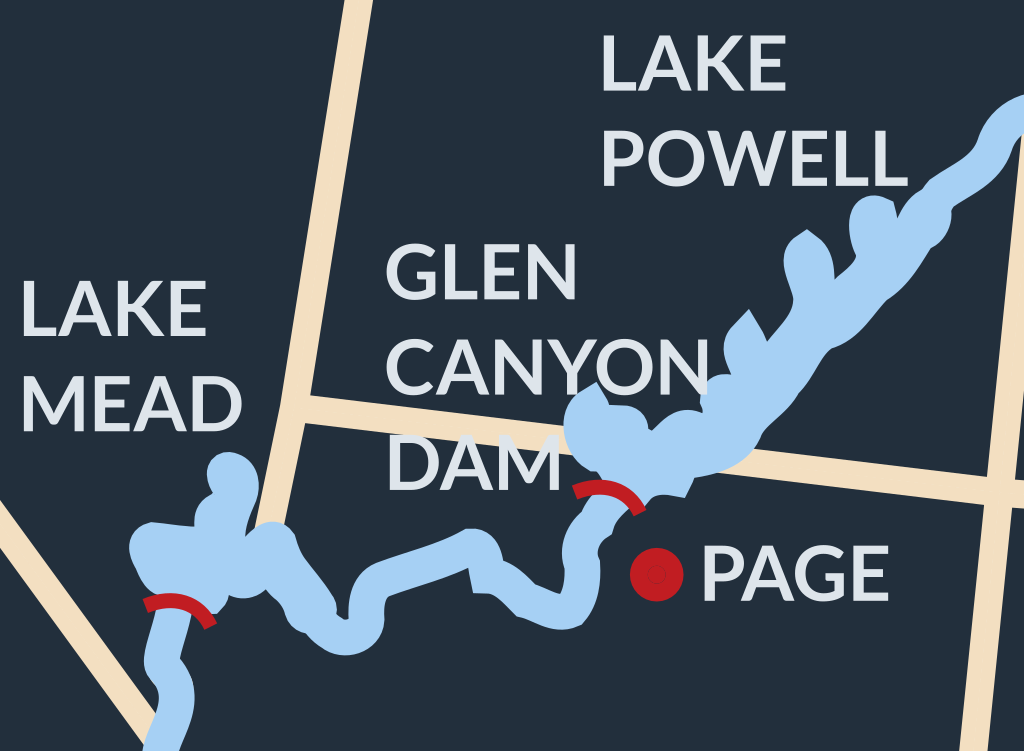
Episode Five:
Just Add Water
The Colorado River once supported a thriving delta ecosystem in Mexico. Now the river ends shortly after crossing the border, where the last of its water is used for agriculture. A unique Mexican/American agreement is helping environmentalists revive a fragile habitat in the desert at the river's end.
 Planting and watering native willow trees at a restoration site in Baja California, Mexico. Photo credit: Raise The River.
Planting and watering native willow trees at a restoration site in Baja California, Mexico. Photo credit: Raise The River. El Chausse wetland restoration site, Baja California, Mexico. Photo credit: Raise The River
El Chausse wetland restoration site, Baja California, Mexico. Photo credit: Raise The River
San Luis Rio Colorado
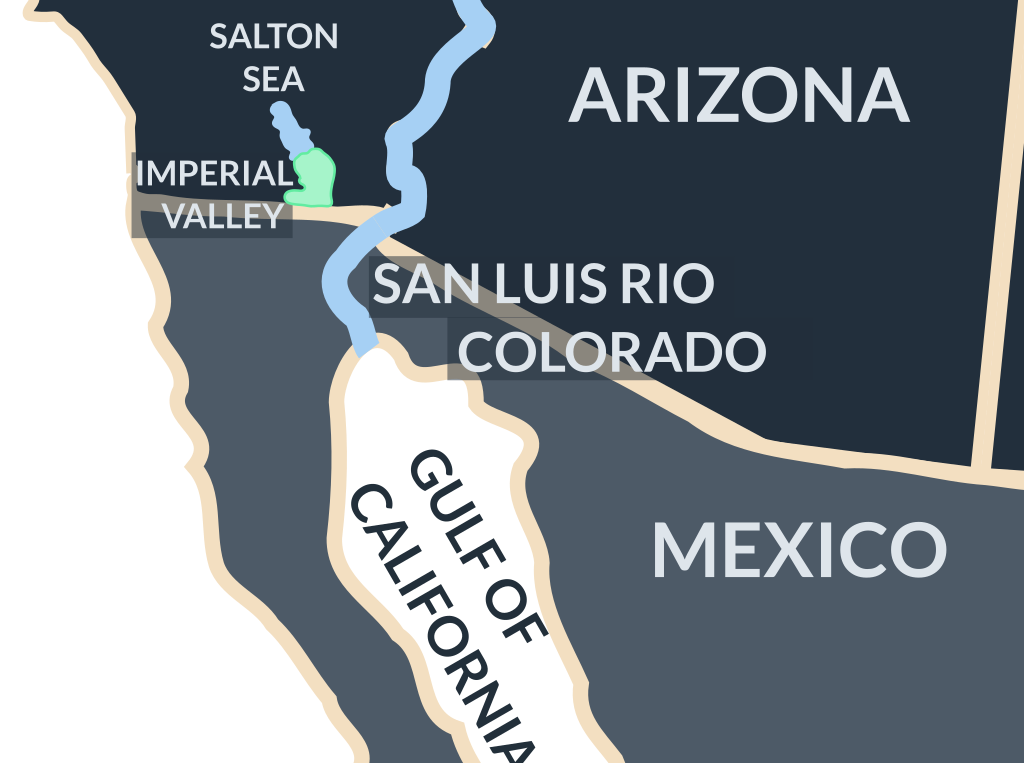
Credits
- Reporter, Photographer and Video Editor
- Matt Dibble
- Animation and Graphics
- Matthew Houston
- Web Design/Development
- Stephen Mekosh, Dino Beslagic
- Special Thanks
- Scott Stearns, Mia Bush and the interview contributors who took time to share their stories with us
